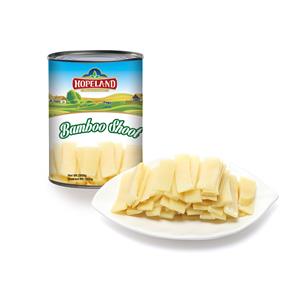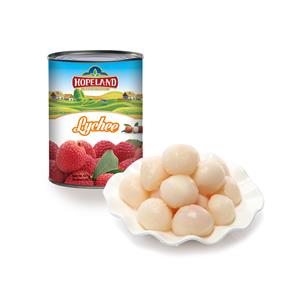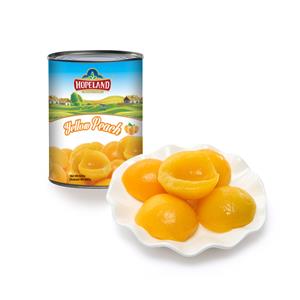Wednesday Teatime at the Office: A Dumpling-Making Afternoon That Brought Everyone Together
In every busy workplace, there are moments that subtly shape the culture—not through grand speeches or formal events, but through simple, shared experiences that help people connect beyond their daily tasks. For us, that moment comes every week during Wednesday Teatime. It started as a small idea: a mid-week break where everyone could relax, socialize, and enjoy a little treat together. Over time, it has grown into one of the most anticipated traditions in our company.
Today’s teatime was truly special. Instead of store-bought snacks or quick refreshments, we rolled up our sleeves and turned the office pantry into a lively dumpling workshop. What followed was an afternoon full of flour, laughter, teamwork, and delicious food—a reminder of how meaningful it is to pause and share something handmade.
This is the story of our dumpling-making Wednesday.
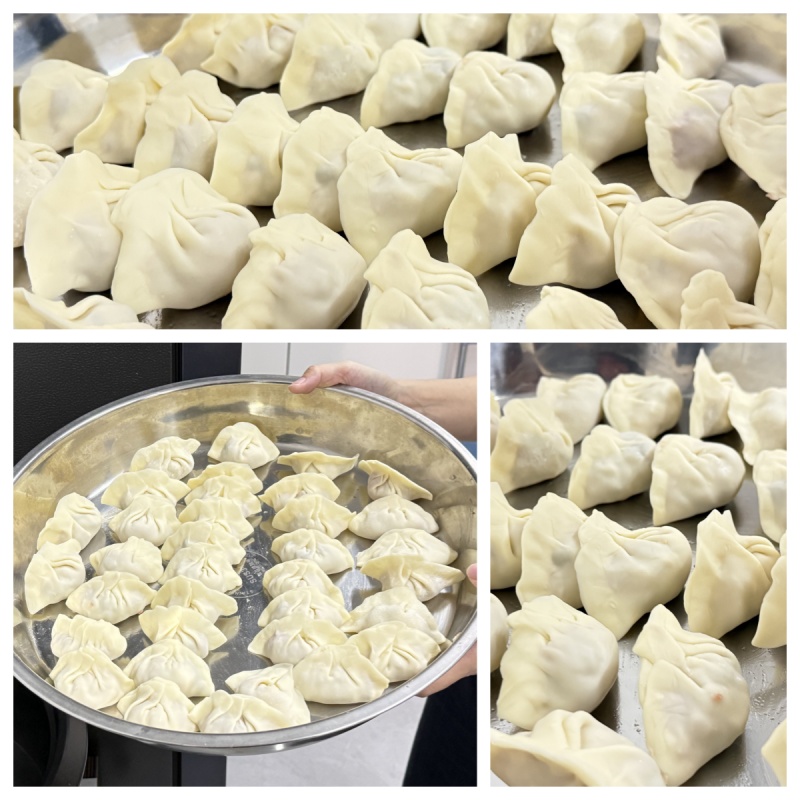
A Weekly Ritual We All Look Forward To
By Wednesday, most of us are knee-deep in deadlines, meetings, and the usual rhythm of the workweek. Monday is for getting started, Tuesday is often the busiest, and Thursday and Friday feel close yet still far away. In the middle of it all, Wednesday Teatime is like a breath of fresh air.
Every week at 3:00 p.m. sharp, the office atmosphere changes. Monitors dim, keyboards fall quiet, and chairs roll back as everyone heads toward the pantry. The moment has become symbolic—like hitting a small reset button to recharge for the rest of the week.
Sometimes the treats are simple: fresh fruit, milk tea, pastries, or snacks from a colleague’s hometown. Sometimes someone surprises us with homemade cookies or a new dessert recipe. But every so often, we plan something more interactive—something that requires teamwork and creativity. And that’s how today’s dumpling-making idea was born.
The Office Transformed Into a Mini Kitchen
Today’s dumpling-making session came with a fun twist: instead of only using the usual pork-and-vegetable fillings, we added ingredients from our own product line. Bowls of freshly chopped canned water chestnuts and canned sweet corn sat on the table, their colors bright and inviting. The crunchy, refreshing texture of water chestnuts paired surprisingly well with the sweetness of the corn, giving our dumplings a unique flavor profile that everyone was curious to try.
Some colleagues commented that the combinations reminded them of homemade comfort food, while others were excited to taste a fusion-style dumpling that mixed traditional techniques with modern pantry staples.
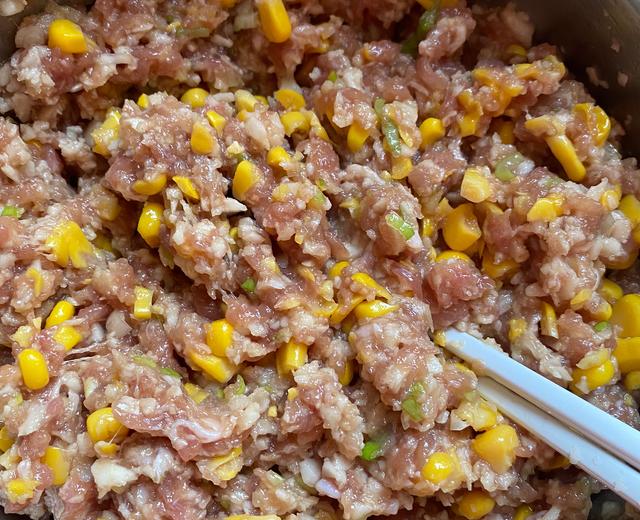
People who normally discuss sales reports or respond to supplier emails were suddenly talking about dough texture, filling ratios, and childhood memories. Colleagues who are usually serious and professional seemed more relaxed, laughing as they wore aprons or tried to organize their “stations.” A few coworkers who grew up making dumplings confidently demonstrated their folding techniques, while others looked on with admiration—and a little nervousness.
The air buzzed with excitement. Even before we wrapped a single dumpling, the energy in the room felt warm and inviting.
Different Skills, One Shared Goal
As everyone began wrapping, the filling itself became a conversation topic. People loved scooping the mixture—pork, cabbage, crunchy diced water chestnuts, and golden kernels of sweet corn—into the wrappers. The colors looked festive, and the textures promised a juicy bite with a gentle crunch. Even the colleagues who rarely cook found it delightful to work with such bright, easy-to-use ingredients right from our canned lineup.
Some colleagues pinched perfect pleats effortlessly, creating crescent-shaped dumplings that looked like they came straight out of a cookbook. Their hands moved quickly—thumbs pressing, fingers folding, edges sealing with precision.
Others had a different approach. Some used too much filling and struggled to close the wrapper without it bursting open. A few applied too much water and ended up with wrappers sticking to their fingers rather than each other. One colleague proudly held up a dumpling that looked more like a small balloon than a crescent. Another created something that resembled a tiny, wrinkled pouch—definitely unique, but full of personality.
But that was the charm of the whole experience. This wasn’t about perfection. It was about trying, sharing, and enjoying the process together.
Experienced dumpling-makers helped the beginners, guiding their fingers through the folds or showing them how to keep the filling centered. People exchanged tips:
“Use less water. Just a tiny drop is enough.”
“Fold from the center outward—it’s easier.”
“Don’t overfill it. Trust me, it will explode in the pot.”
Laughter filled the room every time someone held up a strange shape, and others responded with supportive applause or playful teasing. Every dumpling, no matter how pretty or lopsided, represented teamwork.
Food as a Bridge Between Cultures and Stories
As hands worked, conversations flowed naturally—about family traditions, regional dumpling styles, favorite fillings, and festival memories.
One colleague shared how their grandmother insisted on making hundreds of dumplings for New Year’s Eve, claiming that “more dumplings mean more blessings.” Another talked about the difference between northern and southern dumpling styles. Someone from overseas shared that this was their first time making dumplings, and they were excited to learn an authentic Chinese tradition firsthand.
Food has an extraordinary ability to connect people across cultures. Something as simple as wrapping dumplings became an opportunity to teach, learn, and share personal stories. People from different departments, who rarely interact during work hours, sat side by side, bonding over sticky fingers and flour-dusted cheeks.
It was a reminder that we are more than coworkers—we are people with histories, traditions, and memories that shape who we are.
The Joyful Chaos of Cooking Together
After dozens—maybe hundreds—of dumplings were wrapped, the next stage began: cooking. Steam rose as pots of water came to a boil. A few volunteers carefully dropped dumplings in, stirring gently to prevent sticking. The aroma of fresh dough and savory filling soon filled the pantry.
As the first batch cooked, everyone gathered around, watching excitedly. Would they hold together? Would they float? Would the “creative” dumplings survive the boiling process? The suspense was real.
When the first plate was finally ready, people cheered softly, as if welcoming a victory. Hot, plump dumplings were placed on trays, and everyone grabbed small bowls of vinegar, soy sauce, or chili oil. The tasting session began.
Each bite was warm and satisfying—not just because of the flavor, but because of the shared effort behind it. Dumplings wrapped with laughter taste better than anything you can buy.
Even the misshapen ones—especially those—brought extra smiles. Someone joked, “This one looks ugly but tastes beautiful,” and everyone agreed.
Moments That Strengthen a Team
It might seem like a simple Wednesday activity, but afternoons like this do something important for company culture. They give us space to step out of our roles for a moment and connect as people, not just colleagues. When we fold dumplings together, we fold more than dough—we fold in friendship, understanding, and trust.
Teatime helps bridge the gaps between teams, experience levels, and even cultures. It creates memories that carry into the workweek, making collaboration smoother and communication more natural.
In today’s workplace, where stress can build quickly and responsibilities pull us in many directions, these shared experiences are invaluable. They remind us that our office is not only a place of work—it is a community.
Small Traditions, Big Meaning
Every company has its own culture. Some build it through formal activities, some through large social events. But sometimes, the most meaningful traditions are the small, consistent ones.
Our Wednesday Teatime is exactly that—a simple ritual that makes a big difference.
Today’s dumpling-making session added an extra layer of warmth to this tradition. It taught us new skills, made us laugh, and brought us closer. It provided a moment to slow down and enjoy something handmade. And it reminded us that culture doesn’t come from decorations or slogans—it comes from people sharing experiences.
As we returned to our desks afterward, the office felt lighter. The workday continued, but the atmosphere was different—more relaxed, more connected, more joyful.
Looking Forward to More Wednesdays
As the day came to an end, one thing was clear: this dumpling afternoon will be remembered for a long time. Many colleagues even suggested making it a regular event—maybe once every few months, or perhaps exploring other hands-on foods like spring rolls, wontons, or DIY sandwiches.
The possibilities are endless, but the heart of it remains the same:
Wednesday Teatime is about connection.
And food—especially food we make together—makes that connection even stronger.
Whether we’re folding dumplings, sharing fruit, or simply chatting over a cup of tea, Wednesday afternoons will always be a meaningful part of our week. It’s a reminder that no matter how busy we are, taking a moment to connect nourishes not only our bodies but also our team spirit.
Here’s to many more Wednesdays filled with good food, good stories, and good company.


